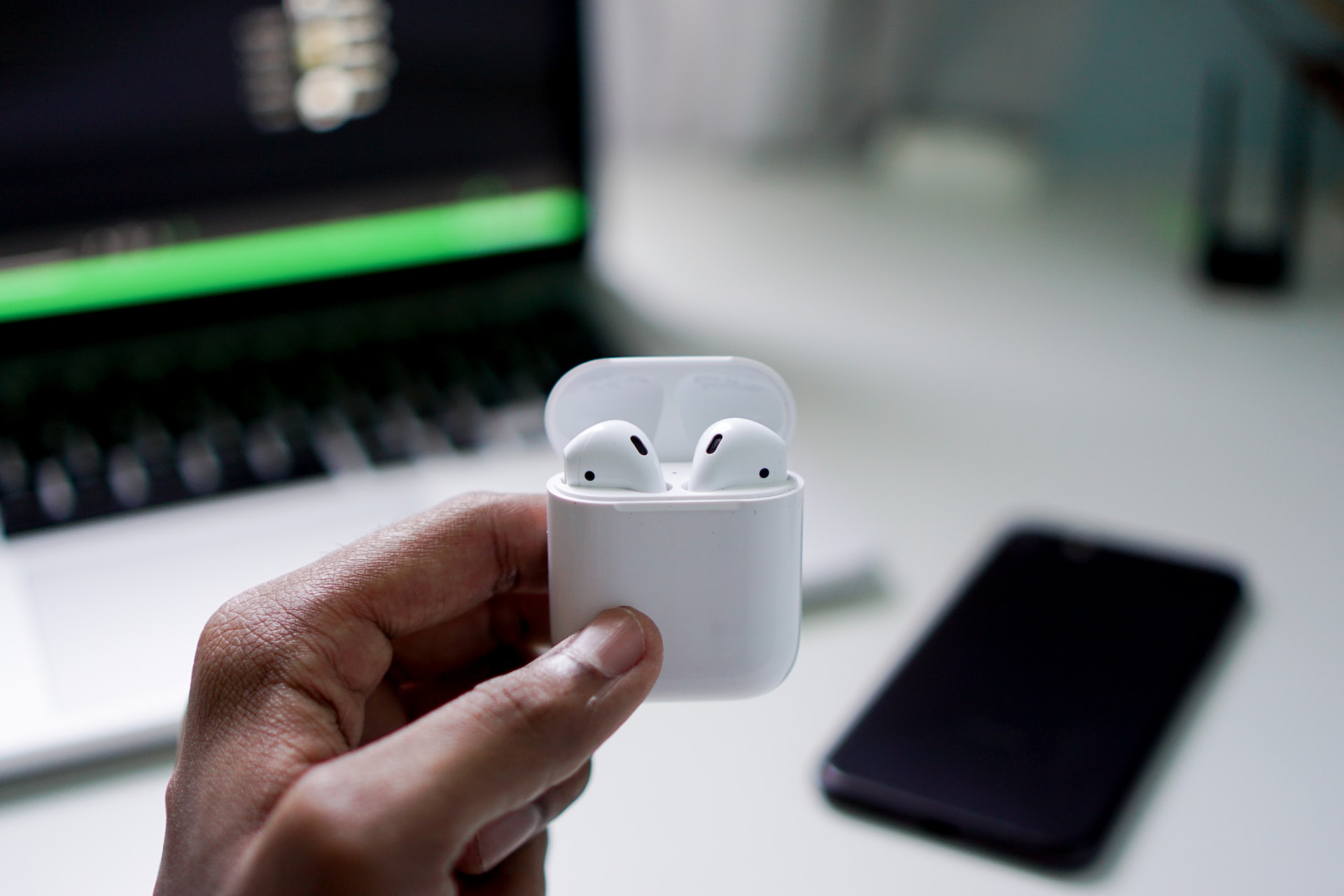Automated Bluetooth Testing: 8 Crucial Tests You Should Be Carrying Out For Optimal Performance

Automated Bluetooth testing is essential to developing and maintaining a high-quality product. By automating Bluetooth tests, you can ensure that your product will work consistently and reliably for your customers.
Several different tests should be carried out during automated Bluetooth testing. The tests below aren't all directly related to Bluetooth. However, getting them all spot-on is essential because the user experience with a Bluetooth device goes beyond its Bluetooth capabilities.
1: Connecting And Pairing With Other Bluetooth Devices
Successful enumeration of devices during a Bluetooth search is essential. Additionally, checking for accurate Bluetooth-friendly names is important in distinguishing between devices. In addition, Simple Secure Pairing ensures that the devices being connected have appropriate security protocols in place.
Carrying out these tests repeatedly can also generate an ageing profile for product performance. This allows for a better understanding of how a device's overall performance may change as it gets older and what steps need to be taken to ensure continued optimal operation.
2: On/Off Function
A device's power modes (on/off/standby/sleep/wake) are crucial to its performance. Therefore, to ensure optimal functionality, it's essential to regularly test the device's ability to enter and exit power modes without any issues. This includes testing the button or manual controls and automatic triggers like low battery or inactivity.
Testing can also include simulating faults or interruptions in the power supply to check for smooth transitions and recovery. Ultimately, regular testing of the on/off function ensures that users can seamlessly switch their devices between active and inactive states without disruptions.
3: Search Radius
When searching for other Bluetooth devices within range, it's essential to consider the search radius. As you move closer to a device, its signal strength (RSSI) improves and vice versa. So analysing how the device will perform based on the position within the search radius plays an important role.
For example, if a device moves out of range, it may result in inconsistent connectivity and a drop in data speeds. Therefore, thorough testing must be conducted - including varying the search radius - to ensure reliable performance in real-world scenarios.
4: Ability To Disconnect
Devices need to be able to disconnect after use. Leaving devices connected can drain both device batteries and cause potential interference or security risks.
Automated testing can help ensure that your devices properly disconnect after use, improving performance and protecting against vulnerabilities. This includes testing for unpaired devices, testing for active connections during idle periods, and simulating reconnection scenarios.
5: Battery Life And Charging Time
When it comes to battery life and charging time, the two main metrics to consider are capacity and efficiency. To optimise performance, frequent testing is necessary to monitor both capacity and efficiency over time.
This can be done through discharge tests, which measure how quickly a fully charged battery drains, and charge tests, which track the speed at which a drained battery recharges. Other essential tests include cycle counts, temperature impact, and ageing simulations.
6: File Transfer Ability
To ensure that your device performs at its best in terms of its ability to transfer files, automated testing of Bluetooth data transfer speeds over various distances is crucial. Higher signal power may improve performance over distance but also leads to increased power consumption.
Finding the right balance between these variables is key for optimal file transfer ability. Additionally, testing for interference from other wireless signals and evaluating changes in performance with different devices can help fine-tune your Bluetooth setup for seamless data transfer.
7: Ability To Connect To Multiple Devices
Bluetooth technology allows users to connect multiple devices simultaneously for various purposes, such as a mobile phone with a smartwatch and earbuds. However, such a Bluetooth piconet can suffer from interference and co-existence effects.
Other potential sources of interference should also be considered, such as radio signals in the same frequency range (2.4 GHz Wi-Fi and Zigbee communications) or devices like baby monitors, video senders, and intercom units.
To ensure optimal performance, regularly test the device's ability to connect to multiple devices simultaneously without disruption. This type of Bluetooth piconet interoperability testing is essential for any product that relies on Bluetooth technology.
8: Support For All Types Of Devices
When it comes to Bluetooth connectivity, interoperability is key. Unfortunately, not all devices are supported by the same Bluetooth protocol. For example, Bluetooth Low Energy profiles are not compatible with Bluetooth classic.
To ensure optimal performance for all users, it's essential to carry out thorough Bluetooth interoperability testing. This means testing not only for device discovery and connection but also for data exchange and functionality across different profiles. Along with regular updates to the firmware and software, these tests can ensure seamless communication between various devices.
Automated Testing For Bluetooth Connectivity Is Critical For Customer Satisfaction
Regular automated testing is the best way to ensure reliable Bluetooth connectivity. By simulating real-world scenarios and testing various aspects of Bluetooth performance, you can catch potential problems early and prevent them from becoming major issues.
Find Out More
To learn more about automated Bluetooth testing and how it can benefit your business, check out Nextgen's case study.




